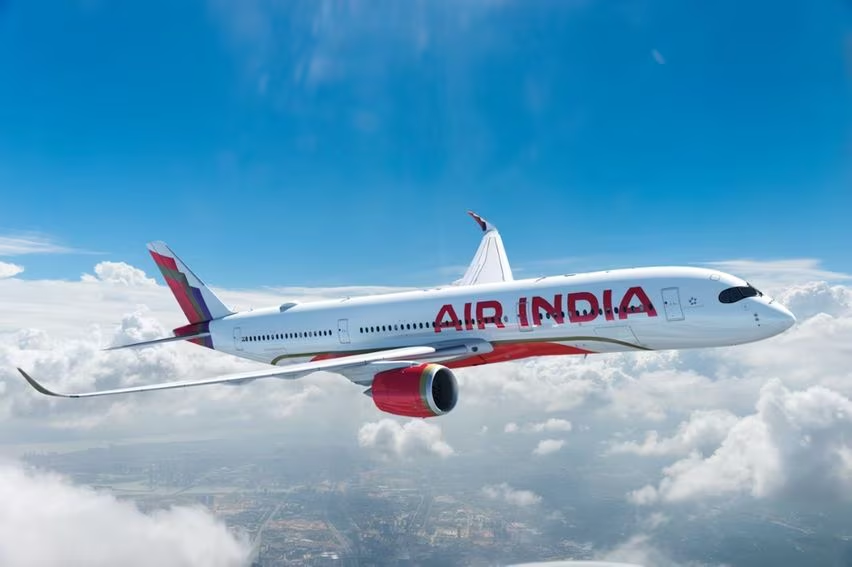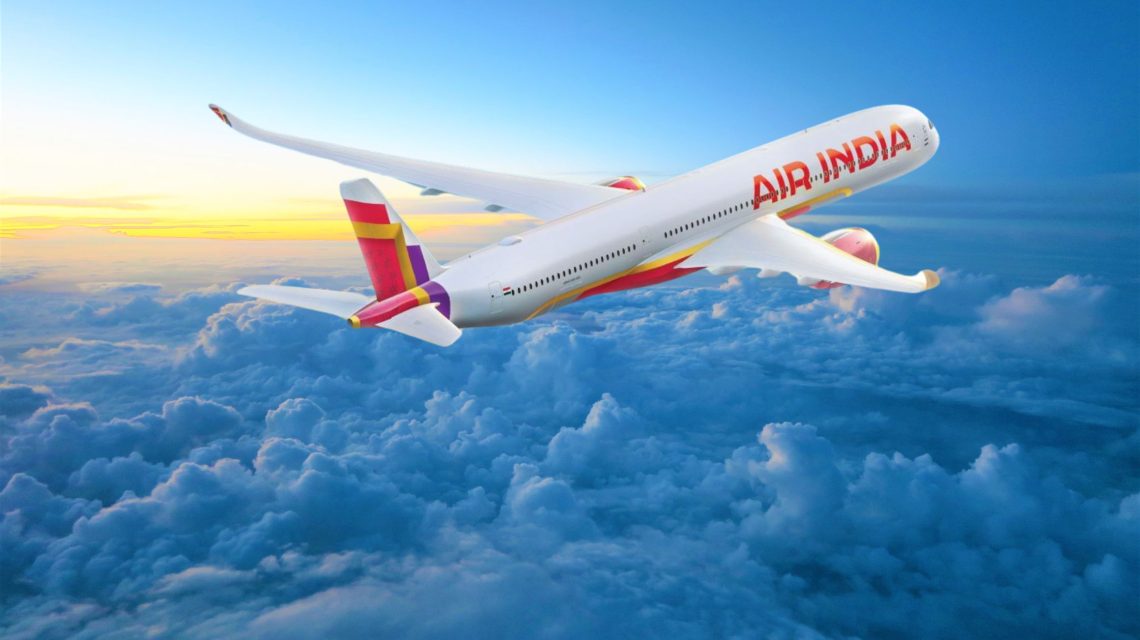The Indian aviation sector is witnessing a wave of consolidation, with the recent merger of Air India and Vistara marking the second major deal in just six weeks. This strategic move aims to create a formidable national carrier capable of competing globally and revitalising India’s presence in the international aviation landscape.
A New Era for Air India
The merger between Air India, a government-owned entity, and Vistara, a joint venture between Tata Sons and Singapore Airlines, will result in the creation of a mega-airline with a combined fleet size of over 700 aircraft. This consolidation will significantly enhance Air India’s market share, both domestically and internationally, allowing it to better compete with global giants like Emirates, Singapore Airlines, and Qatar Airways.
Key Objectives of the Merger
The primary objectives of this merger are:
- Strengthening Market Position: By combining forces, Air India and Vistara aim to become a dominant player in the Indian aviation market, offering a wider range of destinations and improved connectivity.
- Global Expansion: The merged entity will have the resources and scale to expand its international network, connecting India to key global hubs and increasing its presence on lucrative international routes.
- Improved Customer Experience: The merger promises to enhance the overall customer experience by offering a wider range of products and services, including improved lounges, better baggage handling, and enhanced inflight entertainment.
- Operational Efficiency: By streamlining operations and leveraging synergies, the merged entity aims to achieve significant cost savings and improve operational efficiency.
- Technological Advancements: The merger will accelerate the adoption of advanced technologies such as artificial intelligence, machine learning, and data analytics to improve customer service, optimize flight operations, and enhance operational efficiency.

Challenges and Opportunities
While the merger presents numerous opportunities, it also presents several challenges:
- Integration Challenges: Integrating two airlines with different cultures, operating models, and IT systems can be a complex and time-consuming process.
- Competition: The merged entity will face stiff competition from established players like IndiGo and SpiceJet, which have a strong presence in the Indian market.
- Labor Issues: Integrating the workforces of two airlines can lead to potential labor disputes and challenges in maintaining employee morale.
- Regulatory Hurdles: The merger will need to be approved by regulatory authorities, which may involve navigating complex regulatory processes.
Impact on the Indian Aviation Industry
The merger of Air India and Vistara is expected to have a significant impact on the Indian aviation industry:
- Increased Competition: The creation of a stronger Air India will intensify competition in the Indian aviation market, potentially leading to lower fares and improved services for passengers.
- Job Creation: The merger is expected to create new jobs in various sectors, including aviation, hospitality, and tourism.
- Economic Growth: The growth of the aviation sector will contribute to economic growth by boosting tourism and trade.
- Technological Advancements: The merger will drive the adoption of advanced technologies in the Indian aviation sector, leading to improved safety, efficiency, and sustainability.
Global Implications
The merger of Air India and Vistara will have global implications:
- Increased Indian Influence: The creation of a strong national carrier will enhance India’s influence in the global aviation landscape.
- Improved Connectivity: The expanded network of the merged entity will provide better connectivity between India and other parts of the world, facilitating trade and tourism.
- Competition for Global Airlines: The merger will increase competition for global airlines operating in the Indian market.
The Road Ahead
The success of the Air India-Vistara merger will depend on several factors, including the ability of the two airlines to integrate seamlessly, the effectiveness of their integration strategy, and their ability to adapt to the changing dynamics of the aviation industry.
The merger presents a significant opportunity for Air India to reclaim its position as a leading global airline. By leveraging its strengths, addressing the challenges, and capitalising on the opportunities, the merged entity can play a pivotal role in shaping the future of Indian aviation and enhancing India’s global connectivity.
Conclusion
The merger of Air India and Vistara marks a significant milestone in the Indian aviation sector. This consolidation has the potential to transform Air India into a global powerhouse, enhancing its market share, expanding its international reach, and improving the overall customer experience. While challenges remain, the long-term benefits of this merger are significant, and the aviation industry eagerly awaits the successful integration of these two airlines.


